
The Masked Marvel (1943) is a 12-chapter film serial created by Republic Pictures, who produced many other well known serials. It was Republic's thirty-first serial, of the sixty-six they produced.

Captain Video: Master of the Stratosphere is an American adventure horror science fiction film 15-chapter serial released by Columbia Pictures in 1951. It was directed by Spencer Gordon Bennet and Wallace A. Grissel with a screenplay by Royal G. Cole, Sherman I. Lowe and Joseph F. Poland, based on a treatment by George H. Plympton. The serial is unique for several reasons--- in particular, it is the only film serial ever based on a television program, Captain Video and His Video Rangers.

The Great Alaskan Mystery is a 1944 Universal film serial about government agents trying to stop Nazi spies from getting their hands on futuristic weapons.
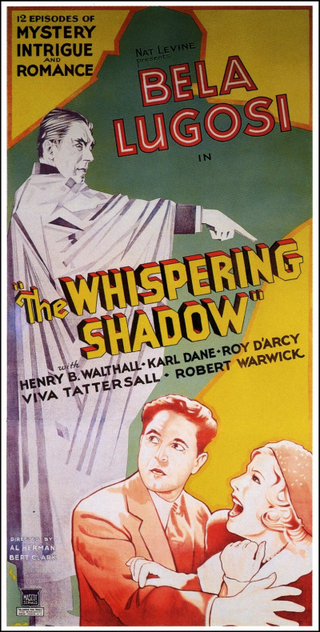
The Whispering Shadow is a 1933 American pre-Code mystery serial film directed by Colbert Clark and Albert Herman and starring Béla Lugosi in his first of five serial roles. Lugosi received $10,000, the highest known salary of his career, for this film. The serial was filmed in 12 days and was the last role for actor Karl Dane.

The Lost Jungle (1934) is a Mascot Pictures movie serial. A semi-sequel to this serial, Darkest Africa, was released by Republic Pictures in 1936. Republic was made from a merger of several companies, including Mascot, which became the B-Western and serial production arm of the company, as well as providing them with a studio.

The Ape Man is a 1943 American horror film directed by William Beaudine. The film is based on "They Creep in the Dark" by Karl Brown, which was published in The Saturday Evening Post. It stars Bela Lugosi as Dr. James Brewster who is aided by his colleague Dr. Randall. The doctor manages to transform himself into a ape man hybrid and desperately seeks a cure. Brewster believes that only the injection of human spinal fluid will prove effective as a cure. As Randall refuses to help him, Brewster and his captive gorilla seek involuntary donors.
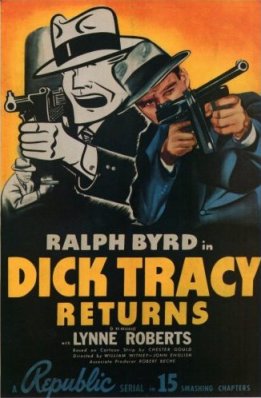
Dick Tracy Returns (1938) is a Republic Movie serial based on the Dick Tracy comic strip. It was the eleventh of the sixty-six serials Republic produced and a sequel to the 1937 serial Dick Tracy, with Ralph Byrd reprising his role as the title character. It was successful enough that two further sequels were released in 1939 and 1941, and Byrd become so connected with the character he went on to play him in a subsequent television series.
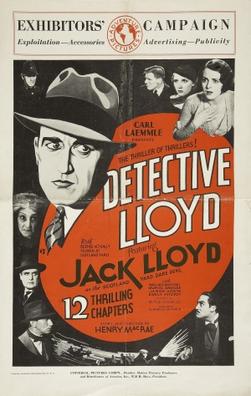
Detective Lloyd (1931) is a 12-chapter Universal movie serial. A co-production between the American company Universal and the British company General Films, it was filmed entirely in Britain with British and Commonwealth actors. It was the only sound serial ever produced in the UK. Although a print was shown on British and Swedish TV as recently as the 1970s, the film is now considered lost.
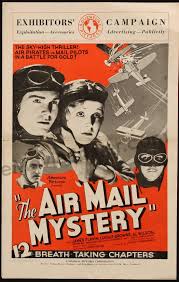
The Airmail Mystery is a 1932 Universal pre-Code movie serial directed by Ray Taylor, written by Ella O'Neill, starring James Flavin and Wheeler Oakman, and featuring Al Wilson doing the aerial stunts. The Airmail Mystery was Universal's first aviation serial that set the pattern for the aviation serials and feature films to follow. The film also marks the film debut of James Flavin. The Airmail Mystery is considered a lost film.

Radio Patrol is a 1937 Universal movie serial based on the comic strip Radio Patrol.
Red Barry is a 1938 13-chapter Universal movie serial based on the comic strip Red Barry by Will Gould.
Gang Busters is a 1942 Universal movie serial based on the radio series Gang Busters.

Jungle Queen (1945) is a Universal movie serial. This serial was later re-edited into a feature film for television called Jungle Safari (1956).
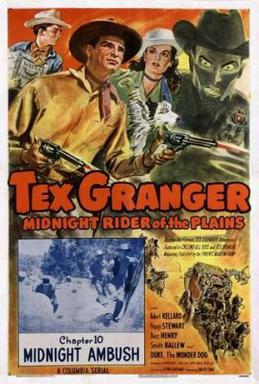
Tex Granger is a 1948 American Western film serial featuring the title character as a masked cowboy referred to as The Midnight Rider of the Plains in the serial's subtitle. It was based on a character from the comic Calling All Boys while the plot was taken from The Last Frontier (1926), which was itself based on the novel of the same name by Courtney Ryley Cooper. Tex Granger was the 36th of the 57 serials released by Columbia.

Wheeler Oakman was an American film actor.
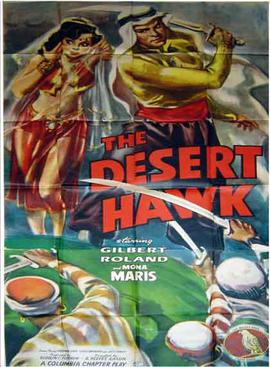
The Desert Hawk is a 1944 Columbia film serial. It was the 23rd serial produced by Columbia. Gilbert Roland played a dual role in this serial, that of Kasim, The Desert Hawk and also Hassan, his evil twin brother. Co-stars included serial regulars Charles Middleton, Frank Lackteen and I. Stanford Jolley.

Brenda Starr, Reporter (1945) was the 25th film serial released by Columbia Pictures. It was inspired by Brenda Starr, Reporter, a popular comic strip created by Dale Messick. The title role was played by Joan Woodbury, who had similar roles in feature films for Columbia and Monogram.
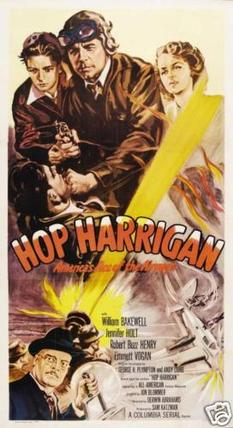
Hop Harrigan (1946) is a Columbia film serial, based on the Hop Harrigan comic books by DC Comics. The serial comprised 15 two-reel chapters with Derwin Abrahams as the director, and Sam Katzman, the producer. Columbia Pictures was one of the last Hollywood studios to continue in postwar years with the serial format. By 1947, Universal Pictures discontinued their serials, with only Republic Pictures and Columbia continuing with serials. The last serial was Columbia's Blazing the Overland Trail (1956).
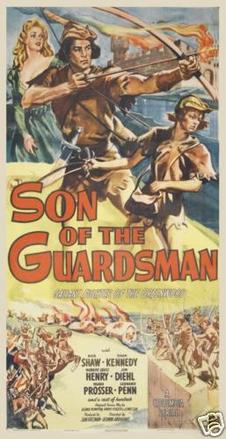
Son of the Guardsman is an American film serial released in 1946 by Columbia Pictures. It was the 31st of the 57 serials produced by that studio.
Jack Armstrong (1947) is a Columbia film serial, based on the radio adventure series Jack Armstrong, the All-American Boy.

















